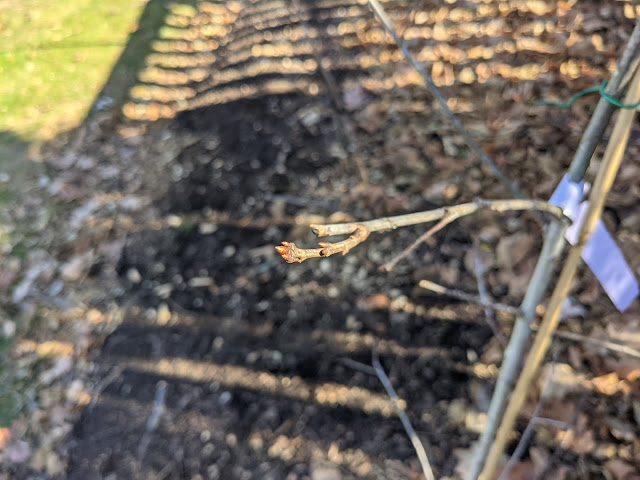Backyard Red Oak Trees Dropping Leaves In Fall - Not Holding Them - December 2024

2024 is one of the years where our large, mature Red Oak trees aren't holding their leaves late into Winter. This year, they've dropped MOST of them already - by December 1st. I've posted about these two backyard Oak trees - the Tree Swing Oak and the southside Oak - over the years - documenting how much foliar marcescence takes places. This year - here are a couple of photos showing the canopy of these trees on December 1st: mostly bare. Here is December 6, 2019 - when the Oaks were holding TONS of leaves . Here is November 23, 2020 - when the trees (both of them) had dropped all their leaves . Here is December 2, 2021 - when the tree swing tree was holding leaves . Here is November 22, 2023 - when they were FULL of brown leaves .



